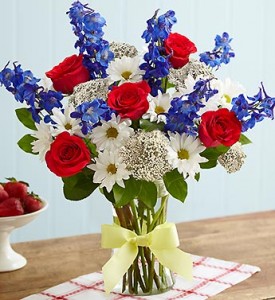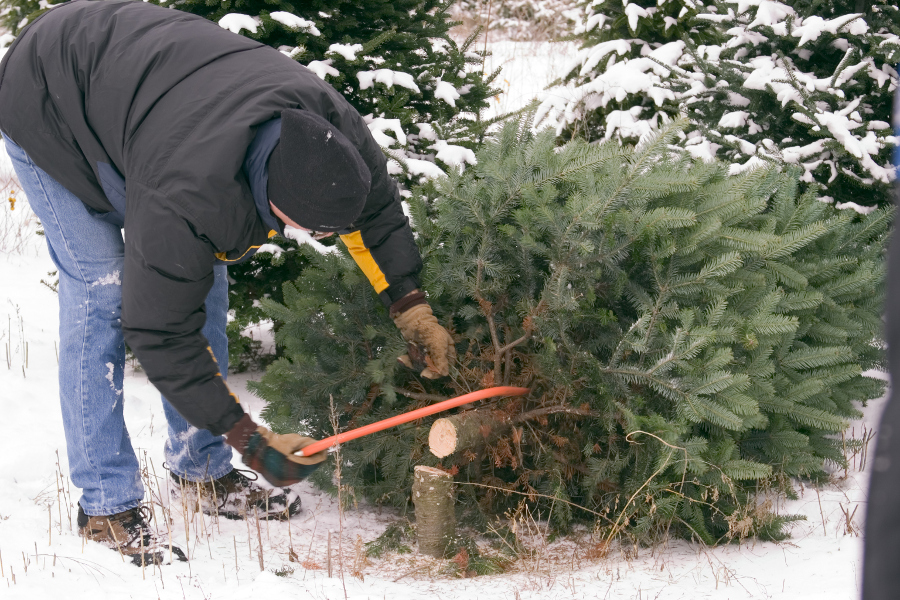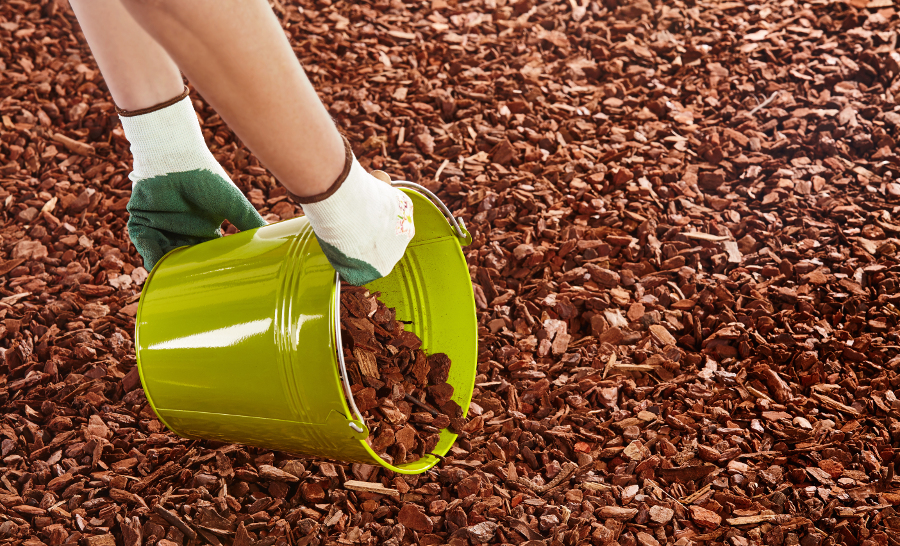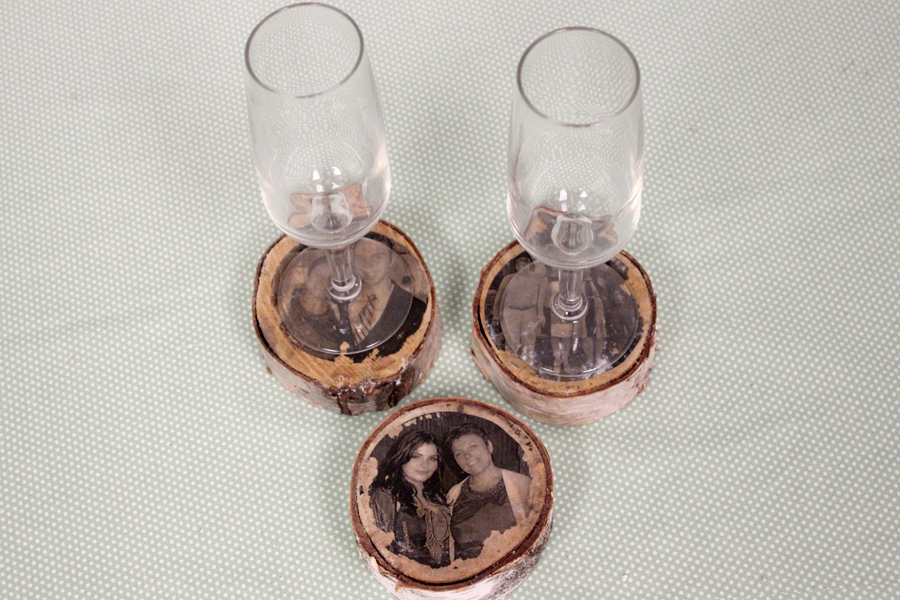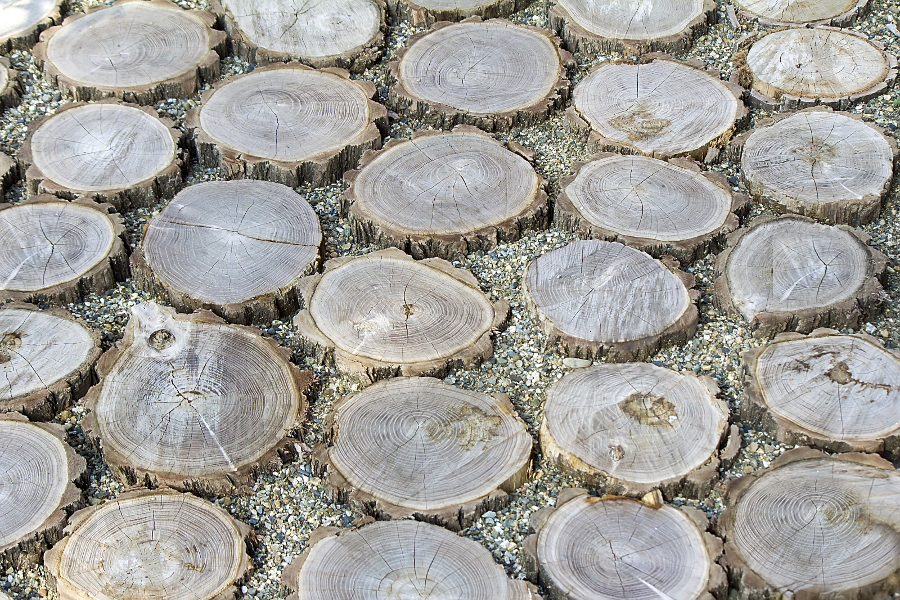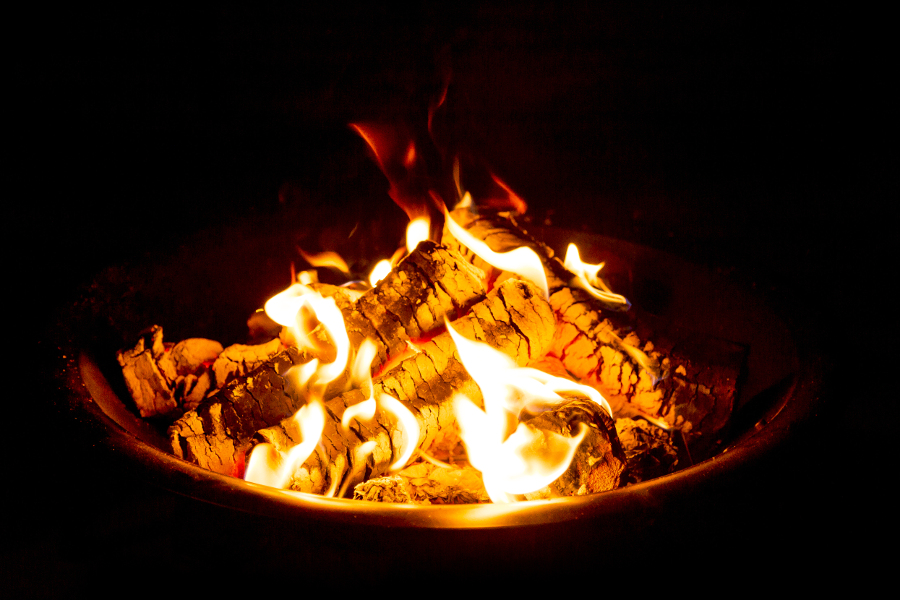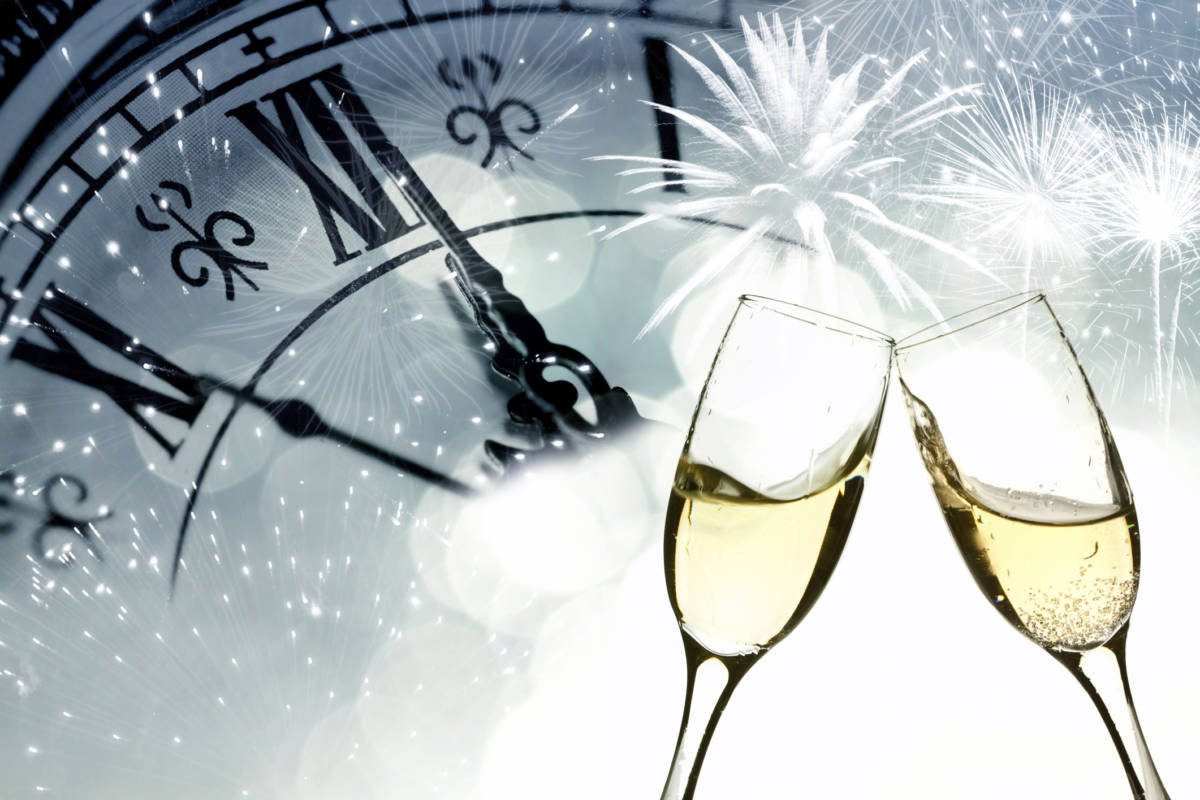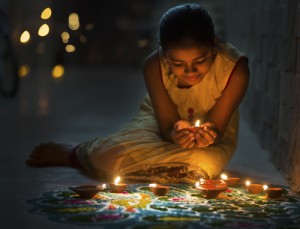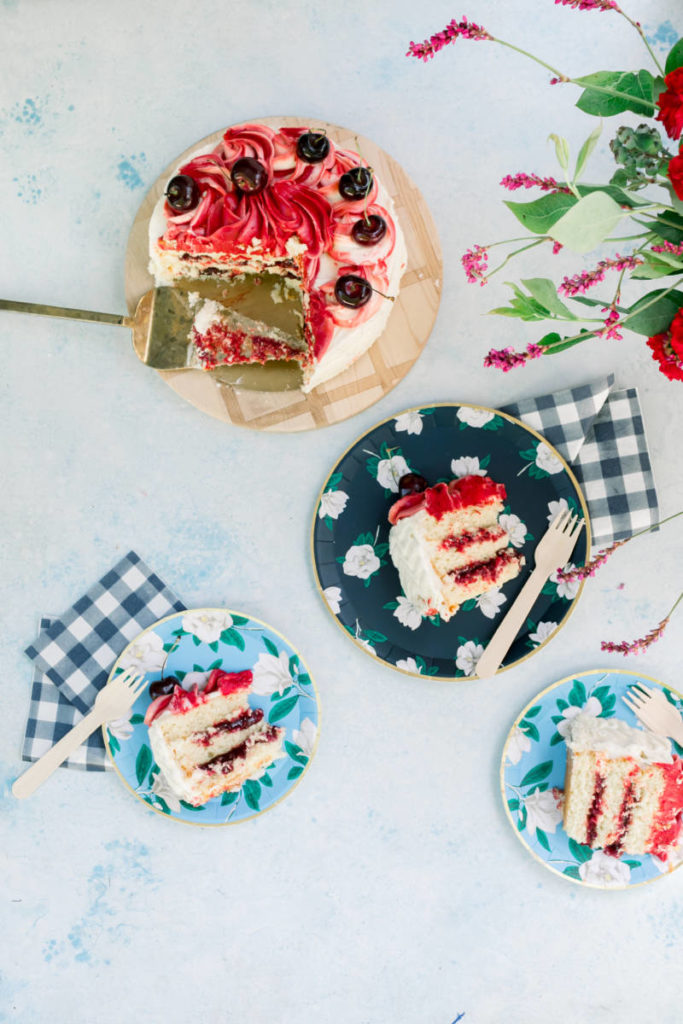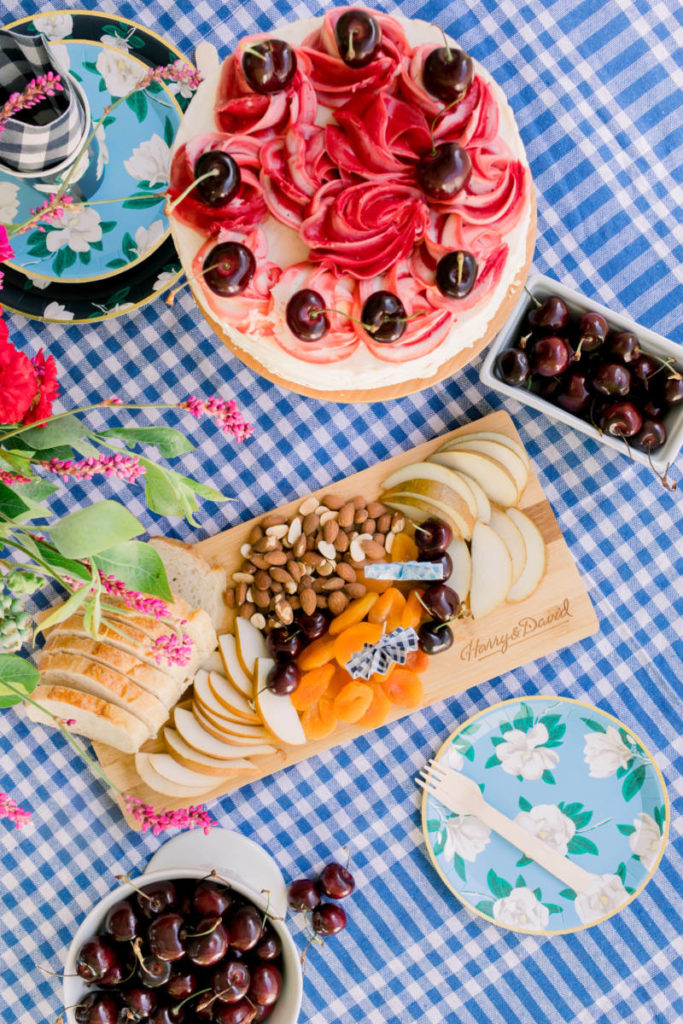No matter where you live, the new year is celebrated all around the world. New Year’s can be celebrated in various ways and at different times all over the globe depending where you are.
From blowing whistles to parades in the streets, learn how people ring in this joyous occasion worldwide.
New Year’s in Australia
In Australia, parties start on the night of Dec. 31, and noise is made at midnight with whistles, rattles, car horns, and church bells. On New Year’s Day, many people do outdoor activities, such as picnics, surfing, carnivals, and rodeos.
Bengali New Year
In Bangladesh, New Year’s is celebrated on 13th or 14th day of April, which is called “Pohela Boishakh,” the first month of the Bengali calendar. Celebrations begin at dawn with singing, parades, and fairs. Bengalis’ houses are cleaned and decorated for a fresh start, and they pray to the Hindu gods and goddesses for wealth and prosperity. The women adorn their hair with flowers, such as red oleanders, white daisies, pink roses, purple hibiscus, and yellow marigolds. Pink, red, and purple are for the Hindu goddesses, and white and yellow for the gods.
New Year’s in Brazil
New Year’s Eve in Rio de Janeiro is one of the most celebrated in the world. White is a popular color to wear for New Year’s and can be accented with colors that symbolize different kinds of luck. For example, green symbolizes good health, and red symbolizes romance. A popular Brazilian goddess named Lemanja is given gifts, such as flowers and candles, that are put out to sea. If the gifts return to you, that means they were not accepted and you can try again next year. If you are by the beach, you can jump over seven waves while making wishes for the ultimate good luck in the next year. If you’re spending New Year’s inland, jumping on your right foot three times will give you good luck as well.
New Year’s in Britain
In Britain, they have a tradition of opening the back door at midnight to let out the old year. Then, a male visitor is asked to come to the front door and is usually supposed to bring good luck in the form of gifts, such as salt, bread, or coal. This is a symbol of good luck and ensures the family will have money, food, and warmth in the year to come.
New Year’s in Canada
New Years in Canada is full of partying and celebrations! People will either go to grand parties or host one at their house. There are extraordinary fireworks shows in major cities like Montreal and Ottawa, or simply at one’s house. Also, the tradition of first footing is practiced in Canada, where a male (preferably a young one) is the first to enter the house after the New Year, which is supposed to bring good luck and prosperity for the year to come.
Chinese New Year
The Chinese New Year, also known as the Lunar New Year, takes place between Jan. 21 and Feb. 20, and is based on the new moon. The Chinese calendar generally doesn’t use numbered years but animals instead, rotating every 12 years. The New Year is a time for feasting, visiting relatives and friends, and celebrations for bringing luck, health, happiness, and wealth for the next year. The Chinese thoroughly clean their houses to rid them of last year’s bad luck and make room for good luck in the new year. Windows and doors are decorated in red, a symbol of good fortune, happiness, wealth, and longevity.
Dancing dragons and lions go through street parades to ward off bad spirits. The dragon is associated with longevity and wealth. People also go to the markets to buy plants and flowers that will bring them good luck for the new year. The Kumquat tree, peach blossom, and tangerine are considered to be lucky. Since odd numbers are considered unlucky, gifts such as tangerines are always bought and given in pairs.
French New Year
In France, New Year’s is celebrated with a feast; dinner parties are thrown for the entire family and presents are exchanged. At midnight, everyone kisses under the mistletoe, which is more common on New Year’s than on Christmas. Fireworks are also common and, of course, sparkling wine and champagne is a must!
German New Year
Traditionally in Germany, people would drop molten lead into cold water and determine the future based on the symbolism of the shape it made. A heart or ring shape meant a wedding, an anchor meant help was needed, and a cross meant death. In addition to beer and wine, Feuerzangenbowle is a traditional German New Year’s drink (and no, we can’t pronounce it either). New Year’s cards are popular as a way to wish friends and family a blessed New Year, and to talk about their life over the past year.
Greek New Year
In Greece, Jan. 1 is not only New Year’s Day but also St. Basil’s Day, one the forefathers of the Greek Orthodox Church. He is remembered for his kindness and generosity to the poor, and since he is thought to have died on this day, this is how they honor him.
Greece, as well as Britain, follows the idea of a first footing. This means that the first person to enter the house in the new year should be someone kind and loving. They often use a child because of their innocence and purity.
A popular dessert for New Year’s is the “vassilopitta,” also known as St. Basil’s Cake. Inside the cake is a silver or gold coin, which is distributed in accordance to a strict order. The first piece is for St. Basil, the second for the house, and the next for the oldest member of the household, continuing on down to the youngest member and also including absent members. There may also be a piece of cake for the cattle and a large piece for the poor. Whoever finds the coin in their piece of cake will be lucky for the next year. Some other New Year’s foods include “kourabiedes,” a type of cookie, and “thiples,” a fried honey pastry.
Indian New Year
The Indian New Year festival is called Diwali and is a festival of lights.
In the north, Diwali is the end of the old year and the start of the new one. For three days in late October or early November, homes are decorated with little oil lamps known as “diwa.” These little lights are found in temples and houses, and along window ledges and garden paths. In cities, electrical lights are used to light up buildings. The lights are used to drive out evil and replace evil with goodness. Diwali is a time for new beginnings. People buy new things, such as items for their homes, tool, or clothes, while businesses pay off all debts. Gifts are exchanged, New Year’s resolutions are made, and everyone is in the holiday spirit.
Diwali is also a religious festival based on the Hindu god Prince Rama. After losing his kingdom and his wife to the demon Ravana, he fought many battles to win her back. Aided by the monkey warrior Hanuman, Price Rama overcame Ravana and rescued his wife. This story is an example of good winning over evil and light over darkness.
Lakshmi, the goddess of wealth and good fortune, is also honored at this time with lamps that show her the way to homes so that she can bless and grant the inhabitants success through the year. Images of the gods are decorated in flowers, and fruit is placed at the feet of the statues of the gods as offerings, known as “puja,”
In other parts of India, the Punjab New Year is celebrated with a festival known as Baisakhi. This festival is celebrated on April 13 to honor a god whom they call The True Name, the creator of all things.
In Kerala, Southern India, one of the traditions is for mothers to put food, flowers, and little gifts on a special tray on New Year’s Eve. On New Year’s morning, the children must keep their eyes closed until they have been led to the tray, where they can then receive their gifts.
Italian New Year
Nor surprisingly, New Year’s in Italy is a time for feasting. The most popular foods are lentils, which symbolize money and good fortune, and pork, which symbolizes the richness of life in the coming year. Firework displays and parties are hosted, especially in the large cities, where dancing is a must. An old tradition that is still followed in some parts of Italy, mainly in the south, is throwing old things out the window. By doing this, you get rid of your old items and show your acceptance of the New Year — but make sure you watch out for falling objects as you walk down the street! Also, don’t forget your red underwear for good luck!
Japanese New Year
The Japanese New Year, Oshogatsu, is celebrated on Jan. 1 and lasts for two weeks. The Japanese also want to keep out evil spirits, and they do this by hanging a rope of straw across the front of their houses, which stands for happiness and good luck. Happiness and laughing is said to bring good luck in the New Year.
In Japan, temple bells ring out the old year until the “joya no kane,” which is the night-watch bell, starts to ring. The joya no kane rings 108 times to symbolize freedom from the 108 evil desires under Buddhist beliefs. Those who follow the Shinto religion decorate their house with evergreens, which are the symbol for eternal life, and bamboo, which is the symbol for honesty.
There is also a festival known as Little New Year, which is celebrated on the first full moon of the New Year, on the 15th day of the first lunar month. This day is celebrated with feasts and prayers.
New Year’s in the Philippines
New Year’s is a festive time in the Philippines. On the night before, special food is prepared for the family. Roasted pig is considered a delicacy; this is only eaten by wealthy families. Otherwise, noodles are cooked to signify long life and eggs to signify new beignnings. Foods made from “malagkit,” a sticky rice, is eaten to signify that good fortune will stick around through the year. Another tradition is to collect 12 round fruits to signify each month in the year. The fruits must be all different types, which poses a challenge when you run out of round fruits and then have to find less rounded fruits, such as mango. Roundness signifies prosperity, so people may also wear polka dots on their clothing. Doors and windows are left open to allow good luck to enter the house at midnight. Firecrackers, dancing, banging pots and pans, and making a lot of noise are ways to scare away evil spirits and celebrate the New Year.
Spanish New Year
The tradition in Spain and Mexico is to eat 12 grapes at midnight, one with every toll of the clock, to bring good luck for the next 12 months of the new year. Parties and homes are decorated with colors to symbolize their hopes for the next year: Red is for overall improvement of lifestyle and love, yellow is for blessings of improved employment conditions, green is for improved financial circumstances, and white is for improved health.
American New Year
In the United States, New Year’s is celebrated with parties on New Year’s Eve. The famous ball drop in Times Square is broadcasted all over the country. At the countdown to midnight on New Year’s Eve, people will kiss or honk car horns, or bang pots and pans. Champagne is usually the drink of choice, and toasts are made for good fortune in the New Year.


